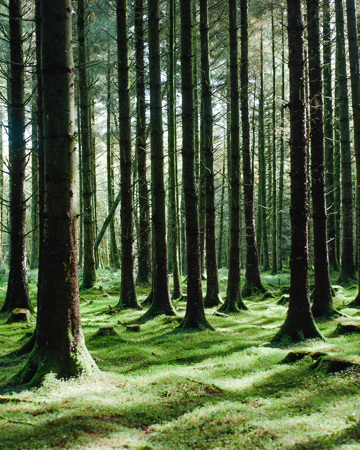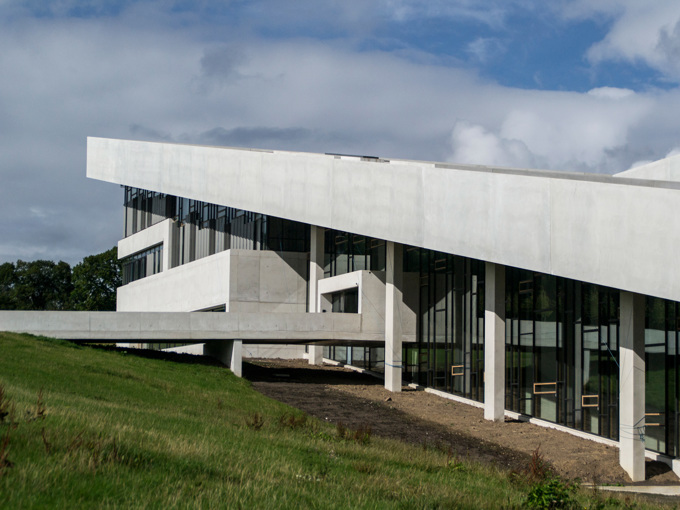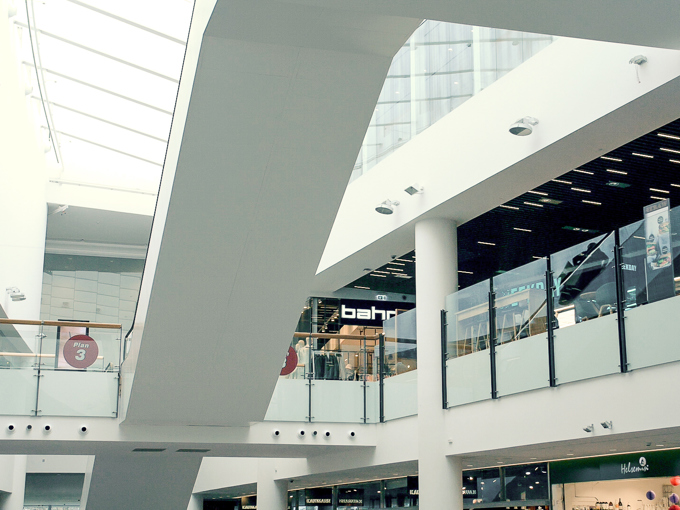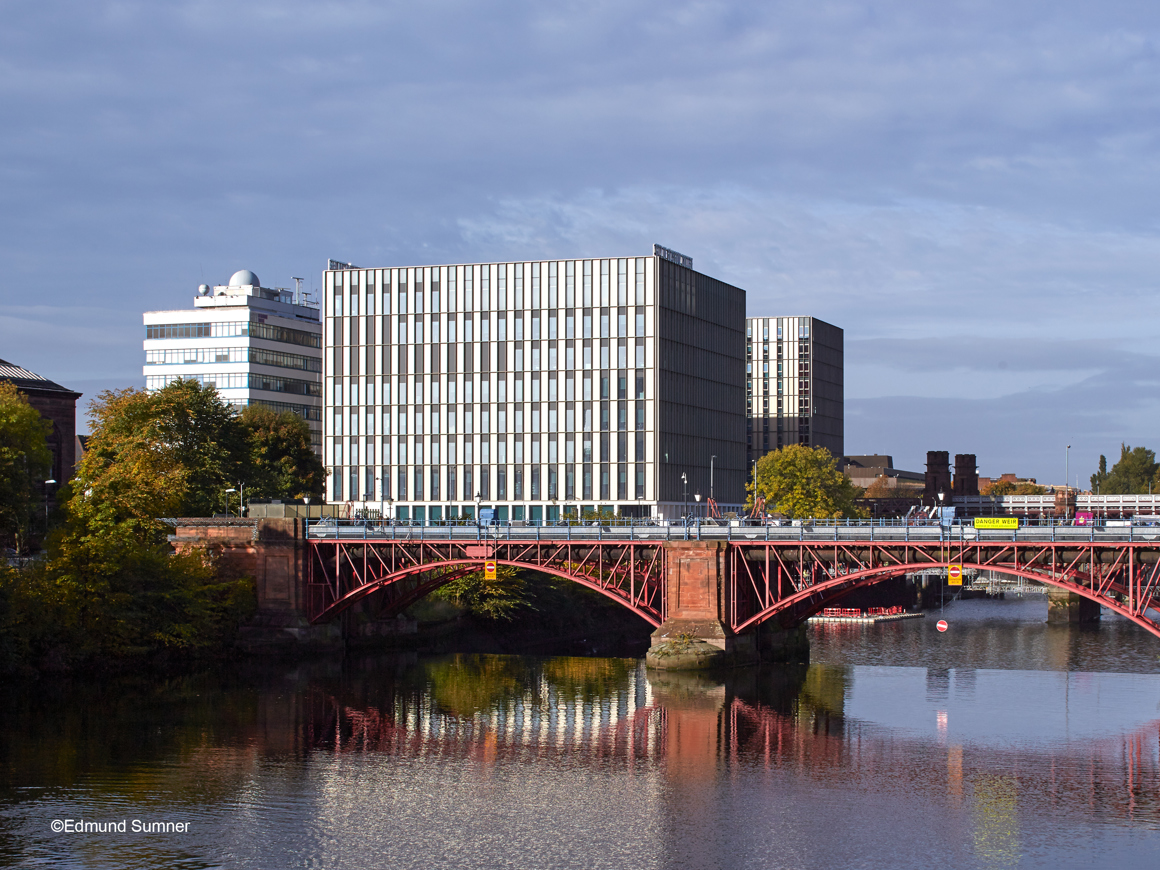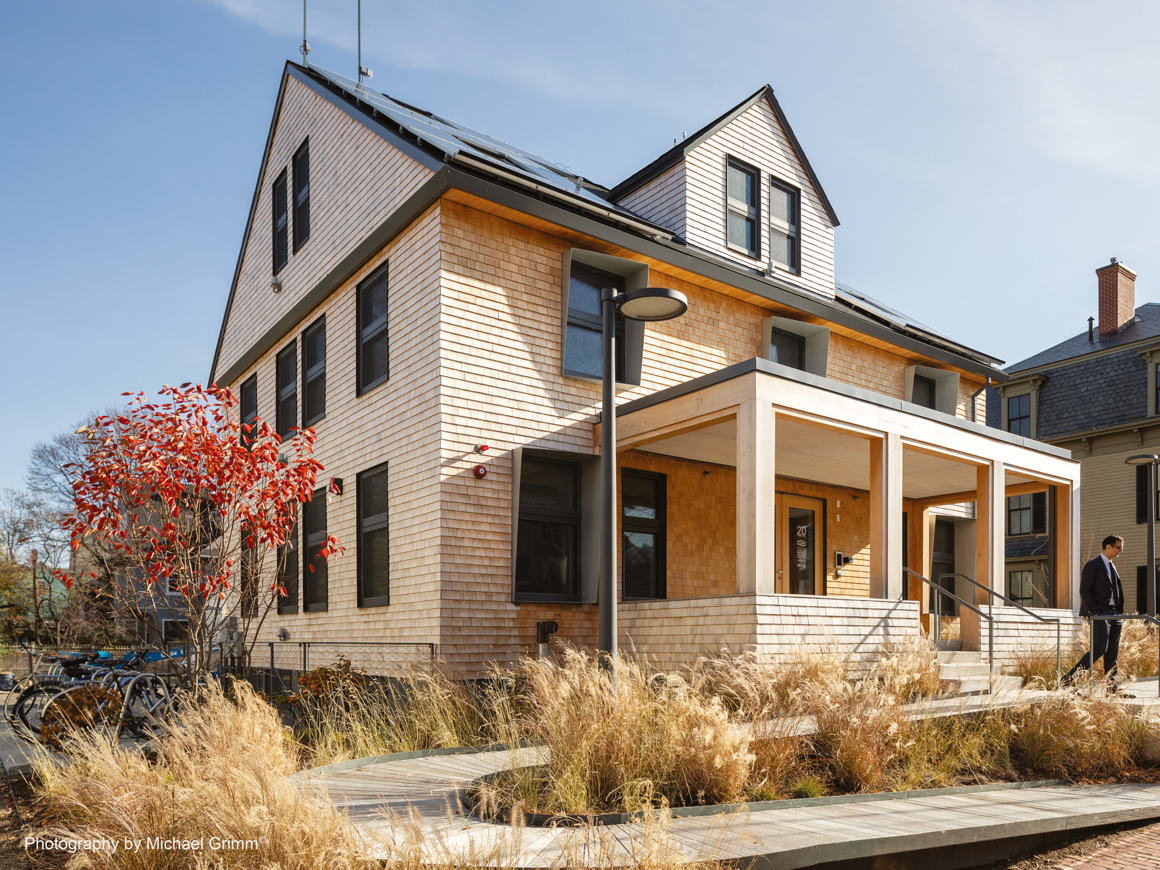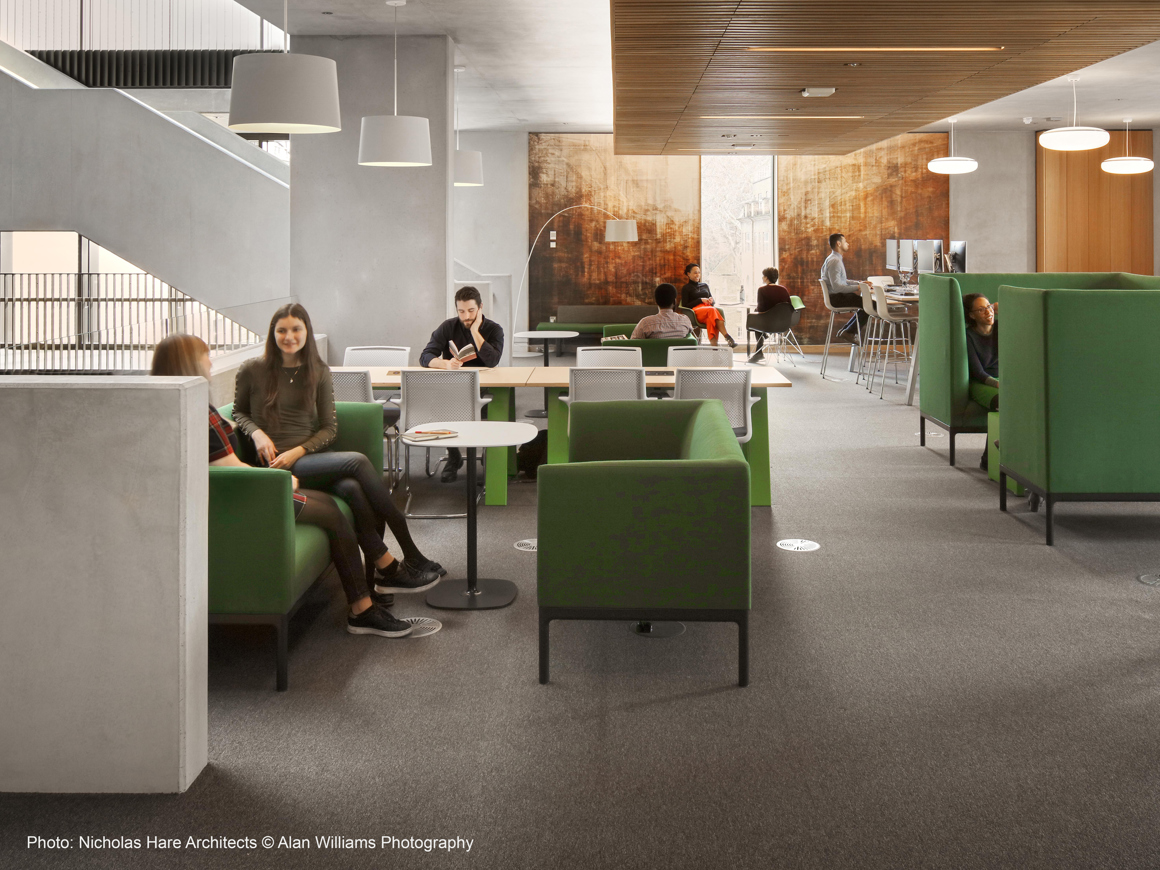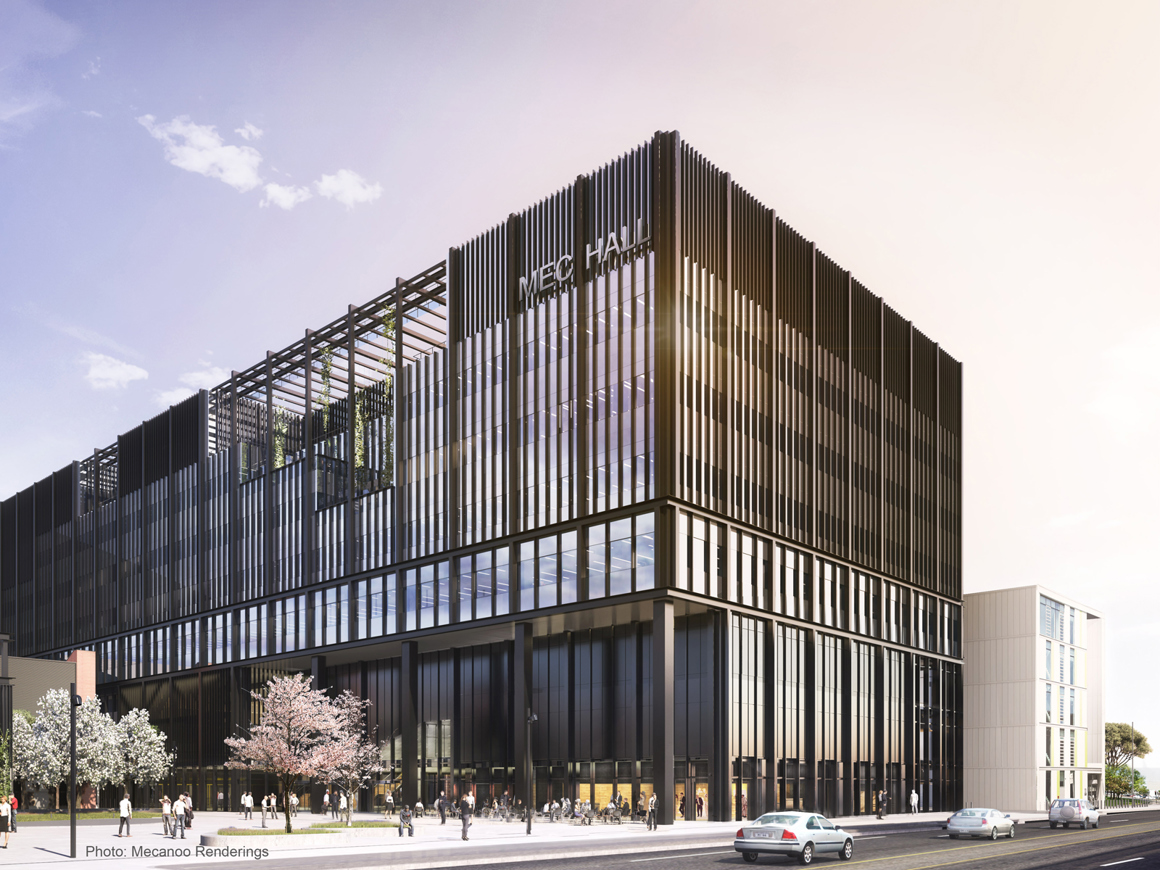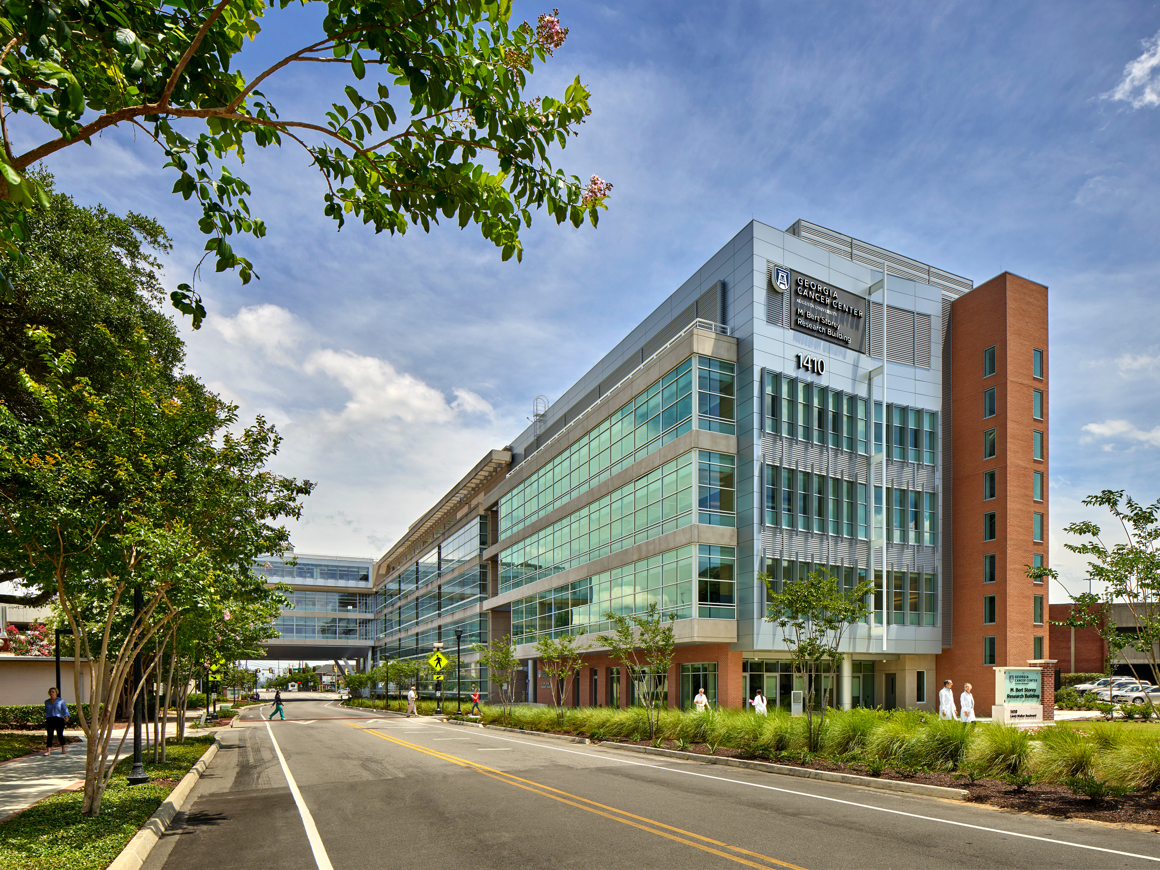Natural and mixed mode ventilation in LEED buildings
Sustainable ventilation strategies can help your building deliver on the triple bottom line: people, plant, and profit. Learn how they lower the carbon footprint of non-residential buildings while promoting wellness and productivity.
Demand for green certified buildings is increasing
Buildings consume 40% of global energy annually, leaving a strong case for the size of impact that the industry can make in reducing CO2 emissions. According to a Dodge Data & Analytics Survey from 2018, a majority (60%) of building industry members expect that nearly 50% of their projects will be green focused by 2021. So it seems that the industry is truly beginning to pivot. A significant portion of this energy use in buildings comes from HVAC. There are many strategies for reducing HVAC energy demand while maintaining a high-quality indoor climate. Among these are natural and hybrid ventilation.

Top triggers driving future green building activity
According to the Dodge Data Survey, the top 3 triggers are:
- Client Demands (34%)
- Environmental Regulations (33%)
- Healthier Buildings (27%)
This seems to indicate that there is a wise balance in the industry that favors responding to client demands as well as considering how the built environment impacts society.
Why LEED matters
Third-party evaluation of a project provides a process by which a building's claim to sustainability can be objectively qualified. This is important in an industry where building designers and planners are increasingly guided by strongly held beliefs in what sustainable design tangibly delivers to building owners and the community. According to the same Dodge Data Survey, two-thirds of participants reported that rating systems such as LEED help them design a better performing building. The survey also shows that more than half of the respondents see a clear benefit in rigorous third-party evaluation regarding the level of a building’s sustainability.

Natural ventilation and LEED
According to the U.S. Green Building Council, key focuses of the LEED framework are human comfort, air quality, and human health. They further recommend that buildings not be considered in isolation of their communities. The philosophy of LEED is very clearly human-centered. The purpose behind WindowMaster products and systems for natural ventilation follows a very similar philosophy. Our window actuators and control systems are designed to enhance human comfort and wellness by improving the quality of the indoor climate. As a result, our solutions also reduce energy use, lowering the carbon footprint typically left by building ventilation systems. As a strategy, natural and hybrid ventilation easily align with the LEED framework. Our goal at WindowMaster is to make the implementation of these strategies straightforward and reliable through our work in intelligent, clean technology.
Read our purpose
Lead Credits and cleantech ventilation
Natural and hybrid ventilation systems from WindowMaster can help your building project earn points because of their impact on LEED credits and credit categories.
These three categories in particular contain opportunities to earn points with cleantech ventilation:
- Energy and Atmosphere
- Materials and Resources
- Indoor Environmental Quality
Within these categories, points could be earned when evaluated on the following:
- Minimum Indoor Air Quality Performance
- Enhanced Indoor Air Quality Strategies
- Thermal Comfort
- Minimum Energy Performance
- Optimize Energy Performance
- Building Life-Cycle Impact Reduction
Natural ventilation brings economic benefits
According to the USGBC, 61% of corporate leaders believe that sustainability leads to market differentiation and improved financial performance. There are several studies which support this belief. In studies that simply focus on the impact of natural and hybrid ventilation, they found that buildings could achieve productivity gains ranging from 3.2% to 18%. If building occupants increase their productivity by only 3% in a building with natural/hybrid ventilation, then the building can pay back their investment in these ventilation strategies in less than 1 year. So not only can natural and hybrid ventilation pay for themselves, but they can also offer clear advantages in financial performance and competitiveness.
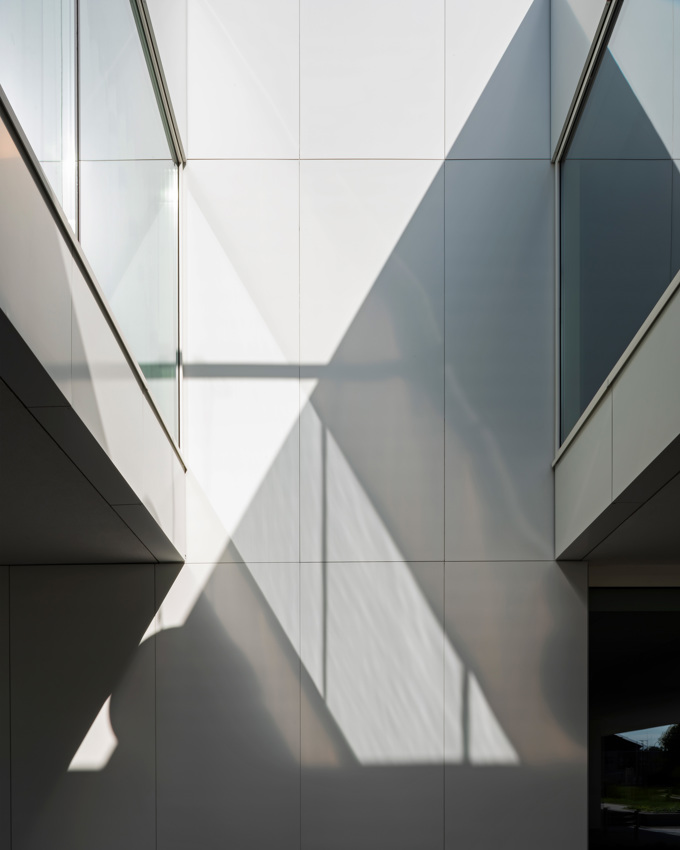
Natural ventilation makes healthier buildings
Studies show that natural and hybrid ventilation, when applied using an engineered approach, improves occupant wellness, satisfaction, and productivity.
We are your sparring partner
At WindowMaster, we know that there are many factors to keep in mind when building new projects or refurbishing existing buildings using green approaches. That’s why, it’s important to us to be available for potential and current customers as sparring partners through all stages of a project, from pre-design to after care. In this way, we can be assured that the solution that our clients have chosen meets their expectations and performs optimally. Find a Cleantech Specialist in your area
Contact a SpecialistHow we can help
To assist potential and current customers, our Building Performance Engineers are available to help as early as the pre-design and concept phases. They can provide initial advice on ventilation strategy and approach at no obligation. Free services they offer include: • Advice on building ventilation design • Determining opening areas • Air change calculations • Pre-design building performance guidance • CO2 level calculations
Learn more
